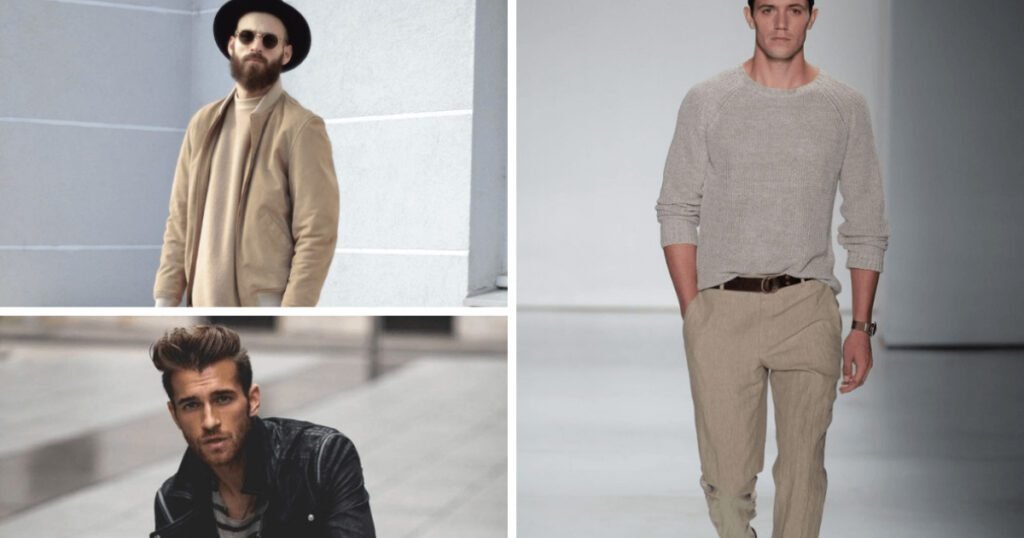Introduction
1800s Women’s Fashion History Overview
The 1800s womans damask fashion, with intricate designs, luxurious textiles, and ever-changing trends. The clothing worn by women had a solid correlation to societal trends, technological and philosophical advancements in fabric production, and textile political climate changes through the ages of Regency up until the Victorian age. Fabrics have determined fashion trends to a great extent throughout this century, and daDamaskas has been one of the stand-out picks in many top-tier wardrobes.
Introduction to Damask Fabric
Damask: Originating from Eastern weaving traditions, damasks are densely patterned fabrics woven in silk or linen that result in rich texture and intricate patterns. Damask Fabric: Damask is a twill weave fabric with an interesting reversible pattern made from weaving flat and shiny threads on the face of the fabric. The name represents damascene, as it originated in Damascus (Syria). In the 1800s womans damask fashion, its sumptuous look made it famous for classy clothes and home things.
Role of Damask in Fashion 1800s
Historical Significance
In the 19th century, people considered damask fabric a luxury material that symbolized wealth and culture. Its sophisticated patterns and lush textures made it the favorite among high society, with men typically wearing it during formal events. Although silk dates back to ancient times, its presence in fashion by the mid-19th century validated it as synonymous with opulence.
Popularity Among the Elite
Damask fabric was mainly used by well-to-do families in eighteenth-century France. It became a symbol of luxury and wealth. Women of high society wore damask gowns and added ornaments as a status symbol of excellent taste. Being so versatile, the fabric could be employed in clothes suitable for a range of occasions, from ball gowns to evening wear.
Damask Fabric Attributes
What is Damask?
A reversible figured fabric of silk, wool, or other fibers woven with elaborate patterns called damasks. Typically made of silk or linen, this type is distinguished by the pattern weaving that uses both warp and weft to produce more intricate designs visible on either side. Usually this pattern created from weaving matte and glossy threads together, resulting iDamask’s’s signature appearance.
Unique Features of Damask
The main feature of damask fabric is its strength and luxurious touch. This robust texture is a result of the unique weaving process. These items are sometimes patterned with floral or geometric designs, contributing to their elegance. With its body and wrinkle-resistant qualitiesDamasksk was an appropriate choice for the lavishly styled garments of 1800s people (photo from here).
Damask in the Early 1800s
Fashion Trends of the Decade
The Empire silhouette, famous in women’s fashion during the early 1800s, featured a low bust line and a high waist cinched just below with an ivory silk ribbon. Designers used rich and sumptuous damask fabric to create formal gowns and evening dresses, which added an aura of elegance to the Regency wardrobe. The fabric seamlessly meshed with both sensibilities, featuring elaborate patterns and such a luxurious hand.
Damask and Notable Fashion Figures
Damask was also popular among the elite in early 19th-century Britain, so you might associate it with a bygone era of aristocracy. Due to its luxurious feel, damask was a popular fabric used in ceremonial dress by Queen Charlotte and other well-known women of high society. These clothes displayed the magnificence that high-society fashion could achieve in this fabric.
Damask in the Mid-1800s
Shifts in Fashion Trends
Older Victorian Era During the mid-1800s, styles were more structured, and hoopskirts, a bell-shaped style of dress, were created; in accordance, most females wore some type of corset. Crinoline and bustle became widespread, changing the female typology. Both daywear and eveningwear feature Damasksk, a popular choice in fabric. Its versatility kept it a fashion trend for years since trends come and go.
Impact of Social and Political Factors on_views
Societal and political changes from the mid-1800s, such as the Industrial Revolution, a shift in class structure, etc, significantly impacted fashion trends. WhilDamasksk became increasingly available to the high society, it still emained a signifier of privilege. Historically, people have chosen this material for garments worn at some formal events, and many maintain a rich connection with it.
Damask in the Late 1800s
Evolution of Damask Styles
Like the rest of fashion, the damask style began adopting new forms and designs. The cloth was fancied in everything from ornate evening gowns to more straightforward daytime dresses. The complex design patterns became more varied following the era’s shift toward a wider variety of aesthetics and a broader sense of overall design innovations.
Designers as Trailblazers
Fashion designers of the late 1800s, like Charles Frederick Worth, helped Damask reach iconic status by including it in their collections, even though people already knew about Damask.Damask is a style of silk fabric with intricate patterns that dates back to Byzantine times. Worth used it in his couture designs, giving the textile timeless elegance. These contributions helped sustaiDamasksk in haute couture.
Types of Garments That Utilize Damask
Dresses and Gowns
Damask made an excellent fabric choice for formal clothing, including dresses and gowns. Outfitted in luxurious stuff with tone-on-tone or multi-colored patterns, it was meant for evening and day to remember minefields. The wearing of damask-embellished dresses had ornate details that enhanced the wearer’s appearance and social status.
Jackets and Shawls
Damask was also used for jackets and shawls, adding elegance to these garments. Outerwear, which sometimes bore intricate embroidery and designs, was a popular way to use this durable fabric with its deep colors.
Accessories and Trimmings
How to take care oDamasksk?
Proper Cleaning Techniques
Such delicate fabric means that damasks have to be handled with care if you want them to keep looking good. It’s because it is best to dry clean damask garments—machine washing can harm this delicate fabric. Depending on the severity of a stain, spot cleaning is permissible as long as it does not compromise or damage your pattern.
Storage Tips
Since damask clothing is a delicate fabric, it should always be kept in a dry and cool place away from sunlight. This includes using padded hangers and garment bags to prevent damage and keep the fabric from worsening. Do not keep damask items in damp and humid conditions.
Damask Style- From Decline To Revival
Factors Leading to Decline
Damasks fell out of fashion in the early 20th century as new timbers and clothes became available. With the industrialization of fabric production, affordable materials became available, and new styles caused damask sewing cloths to fall out of popularity.
Modern Revival and Influence
Despite the dip, Damask has been experiencing a renaissance recently, and modern designers are incorporating it into new collections. Collectors also love vintage damask pieces, showing that this high-end fabric has had lasting popularity.
Damask Fashion from the 1800s wasteful tradition
Impact on Modern Fashion
The history of 19th-century damask-style fashion remains a touchstone for today’s interior designers. Many modern fashion trends owe heavily to historical styles, and the damask pattern is just one of the techniques that fashionable designers reference when they make new collections. This material has such a history and looks so chic that this weave never goes out of style.
Vintage Damask Item(s)
Fashion enthusiasts dedicated to original fashions from the days of Queen Victoria need vintage damask pieces so they can explore handmade wonders. Due to their quality and rarity, collectible vintage damask products have earned their place in any collection of vintage items.
Conclusion
Damask was an attractive fabric that embodied the sheer elegance of 1800s womans damask fashion. From its use in luxurious gowns to enhancing contemporary fashion trends, damask has lived through decades as an admired and revered fabric. Its legacy carries the elegance of 19th-century fashion and its long-lasting mark on the style world. Click here to Read about 1920s men’s Fashion.
FAQs
What is the damask fabric?
Damask, made from either silk or linen, serves as a fully reversible patterned fabric. Historically, people have used it for its rich texture and intricate design
Why was damask popular in the 1800s?
Damask, with its luxurious look and intricate patterns, became a status symbol due to its popular connotations of wealth in American society during the 1800s.
How should I care for vintage damask clothing?
You can create beautiful clothing from vintage damask clothes in good condition. Always dry-clean them before storing them in an excellent, dark space. To retain the fabric’s structure, do not keep it in direct sunlight and away from humidity.
Some famous damask wearers of the 19th century?
Historically, silk damask fabric, now often blended with wool or artificial fibers, adorned the nobility and high society members like Queen Charlotte, reflecting their status and style.
Is damask fabric still used in fashion today?
Today, contemporary designers still use damask fabric in modern fashion, integrating its detailed patterns and luxurious feel into their collections.




